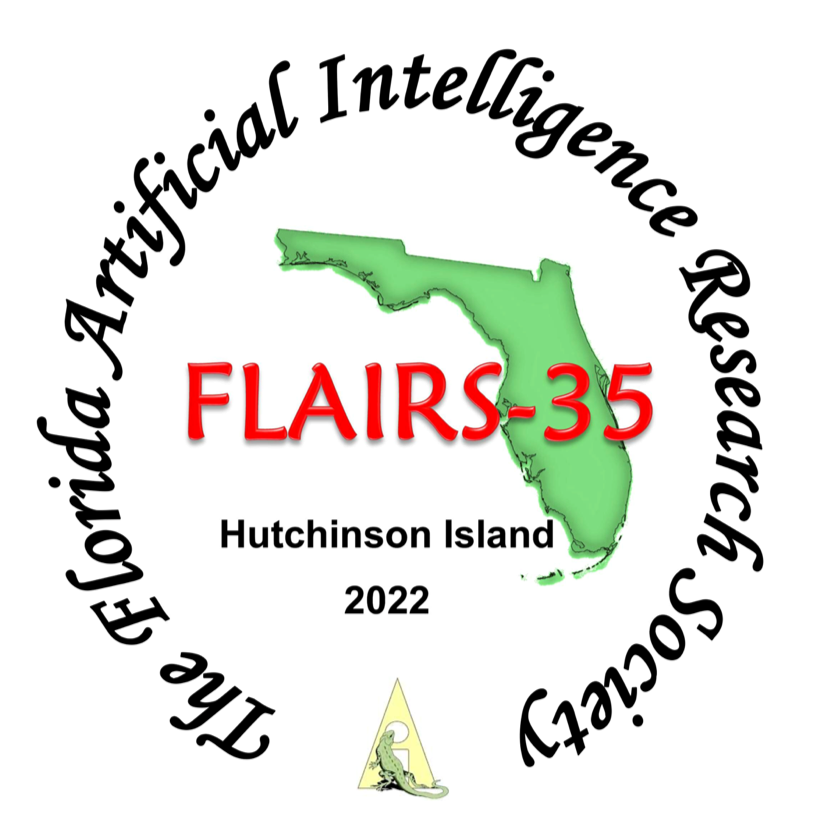Effects of scale on segmentation of Nissl–stained rat brain tissue images via convolutional neural networks
DOI:
https://doi.org/10.32473/flairs.v35i.130727Keywords:
u-net, convolutional neural networks, segmentation, rat brain, brain regions, cytoarchitecture, unet, scale, scale effectsAbstract
There are numerous efforts to automate the delineation of rat brain regions from rat brain histology. A leading approach uses convolutional neural networks which model anatomical variability and determine cytoarchitectonic boundaries. Currently, it is not clear what scale of the input tissue images offers the most information for these models to exploit. In this work, we test a fully convolutional architecture, U–Net, with Nissl–stained rat brain tissue images of different scales. We show that the networks obtain a lower precision and higher recall when trained on large-scale images. Conversely, networks trained with small-scale images produce fewer false-positive predictions and more false-negative predictions. Our work provides valuable insight into the optimal scale needed for convolutional neural networks to segment brain regions from Nissl-based images of the brain.
Downloads
Published
How to Cite
Issue
Section
License
Copyright (c) 2022 Alexandro Arnal, Olac Fuentes

This work is licensed under a Creative Commons Attribution-NonCommercial 4.0 International License.


